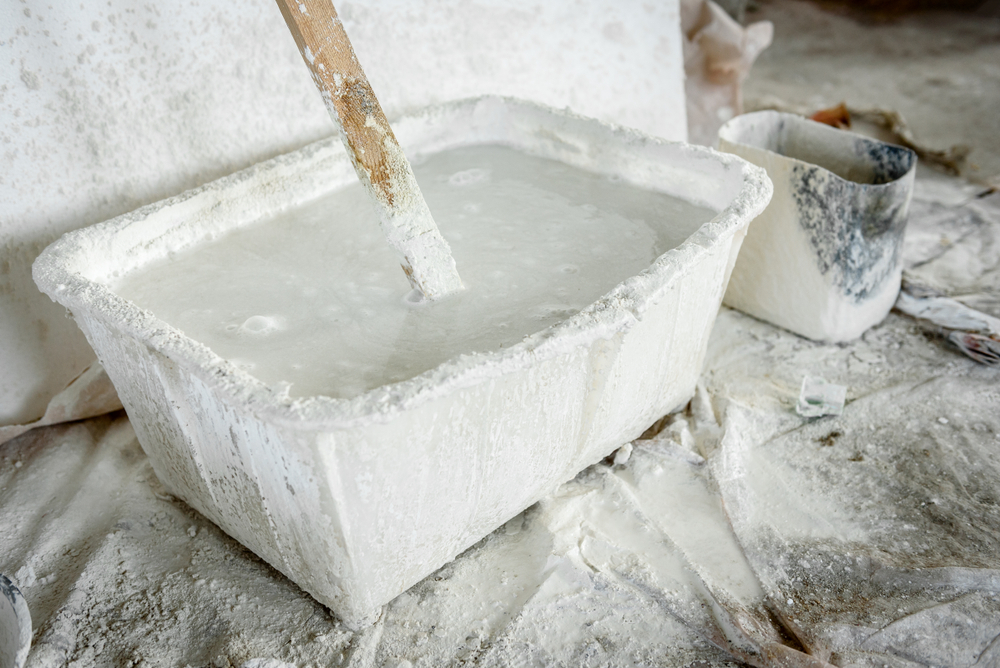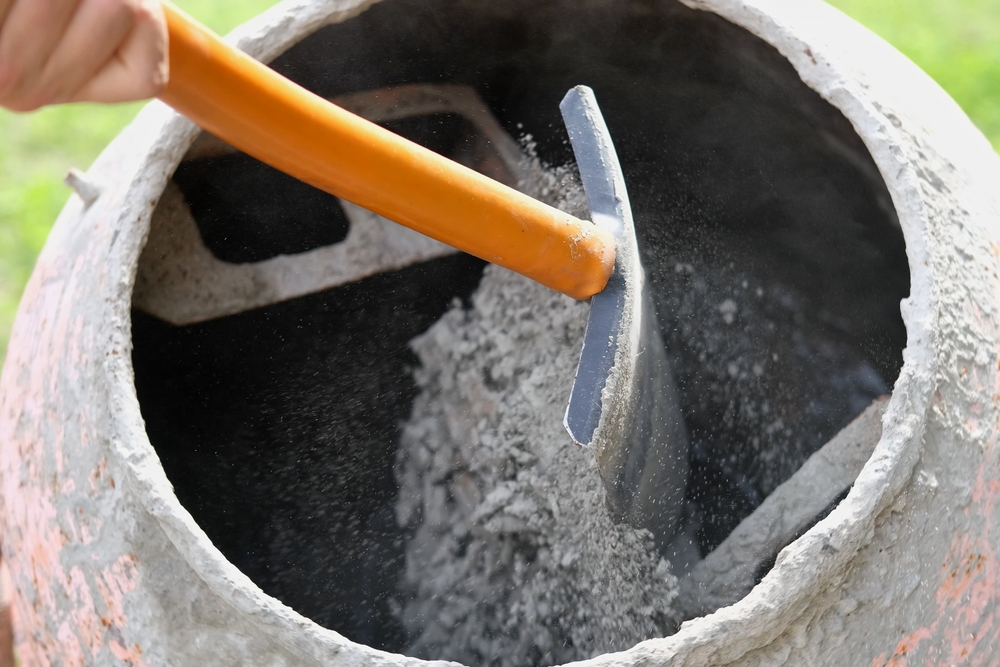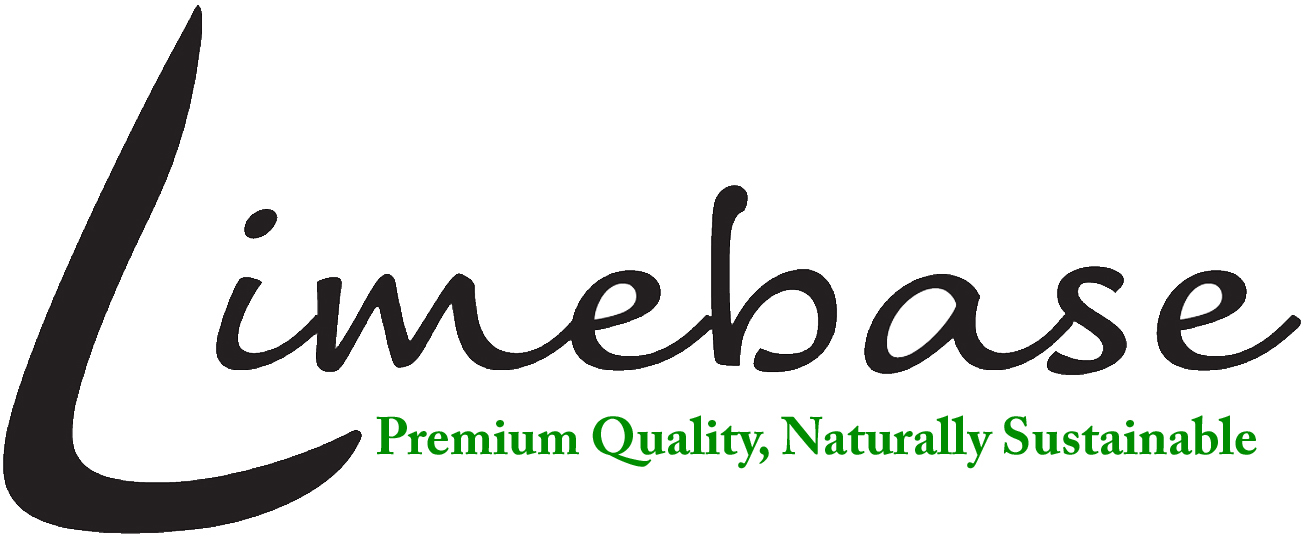When you are looking for the best ways of pointing, the choice of mortar you make can play a pivotal role in helping improve the longevity and aesthetics of a structure. For centuries, it has been the case that traditional lime mortar has been the preferred choice, and in this guide, we will look at some of the ways of making pointing with lime mortar work for you.
It is important to focus on some of the key ideas that will allow you to achieve this, and we will explore the reasons behind using lime mortar for pointing. Additionally, we will look at how Limebase can assist you when it comes to meeting your pointing needs. Let’s dive into the world of lime mortar and its advantages, and how we can to help you utilise lime mortar to your advantage.
What is Pointing?
In its simplest terms, pointing refers to the art of filling the gaps between bricks and stones with mortar or other suitable materials. This is a key part of the process of restoring a deteriorated wall back to its former glory. It might seem like a mundane task, but it is hugely important.
Pointing is a crucial element of construction as existing mortar joints will deteriorate over time due to exposure to the elements. Pointing helps to restore the integrity of the masonry by carefully removing the old mortar and replacing it with fresh lime mortar. This method ensures that the structure maintains its historical appearance and structural soundness.
What is Lime Mortar – the Perfect Choice

Lime mortar, made from lime putty or hydraulic lime, plays an integral part in the process of construction. It has been used for thousands of years due to its unique properties. These unique properties are in some cases substantially different, and provide unique benefits over modern cement-based mortars. It’s important these differences are understood and accounted for when using lime mortar for pointing.
Here are a few of the key benefits relating to lime mortar:
Flexibility
Lime mortar is much more flexible than cement mortar, allowing for slight movements in the structure without causing cracks. This is a crucial and essential element for older or more historic buildings. This is essential for older buildings originally constructed with lime mortars. They tend to move more on their foundations. As a result, inflexible cement mortars will cause damage to the buildings masonry and structural integrity over time.
Breathability
One of the best things about lime mortar is the fact that it is permeable, and this allows moisture to evaporate. Breathability is an essential part of the process when it comes to preventing moisture from being trapped, thus reducing the risk of potential damage. In fact, you can’t go wrong with our General Medium Building/Pointing Lime Putty Mortar.It is our most popular lime mortar and is a fantastic all rounder.
Compatibility
Being able to use lime mortar with a host of other materials is essential. Lime mortars are one of the most versatile building materials on the planet. They work as well with ancient building materials as they do modern masonry. Lime mortars are even on the rise more recently due to their compatibility with the natural materials used in eco homes.
A great example of this compatibility is our Lias Black Fleck Coarse Building/Pointing Lime Putty Mortar. It’s been perfectly designed to match traditional wood ash mortars with it’s characteristic black fleck. If you are unsure of compatibility, always do a small test patch in an inconspicuous area.
Why Limebase Should Be Your Partner of Choice

Limebase was established in 1994, and since then we’ve spent decades cultivating a reputation for supplying high quality materials to customers all over the country. We’ve supplied our tried and tested mortars, plasters, limewashes and more to royal palaces, cathedrals, churches and homeowners alike. Although we have a diverse range of products to choose from, here are just a couple lime mortars to showcase our assorted range.
Taunton Red Fine Building Pointing Lime Putty Mortar (TM47)
TM47 is a fine red pointing mortar. Red mortars are common in and around Taunton due to the red sand that is abundant in the area. Where TM12 is a coarse red mortar, TM47 is the fine version. This means that no matter the joint size, we have a suitable red pointing mortar for the occasion.
Bath Stone Fine Building Pointing Lime Putty Mortar (BA4)
BA4 is another fantastic example of our diverse range of lime mortars. It’s a fine bath stone mortar suitable for the thinnest of joints. Like the red mortars, we have a fine bath stone mortar BA4 and a course version, BA2. These mortars incorporate real crushed bath stone to give them their warm colour. Incorporating stone dusts in lime mortars helps to plasticise the mortar for ease of use, and match the stonework they are used with.
Limebase’s estimating tables are a great way of being able to determine the quantity needed for your pointing project.
Get in Touch with Limebase
If you have read our various guides and posts, and need a bit of extra help, we are just a phone call away on 01460 281921. Alternatively our contact page is a great way to get in touch, providing you with access to our knowledgeable team.
Whether you are working on a restoration project or a new build, our expertise can help you achieve your goals.
In Conclusion
Pointing is a fundamental part of building maintenance and restoration. Lime mortars are an excellent option due to their breathability, flexibility, compatibility and eco friendly nature. At Limebase, we supply a diverse range of high-quality lime mortars for various pointing needs.
By teaming up with Limebase, you not only get access to our top-quality lime putty mortars, but you also benefit from our excellent customer service. Make us your trusted partner in lime mortar solutions.

